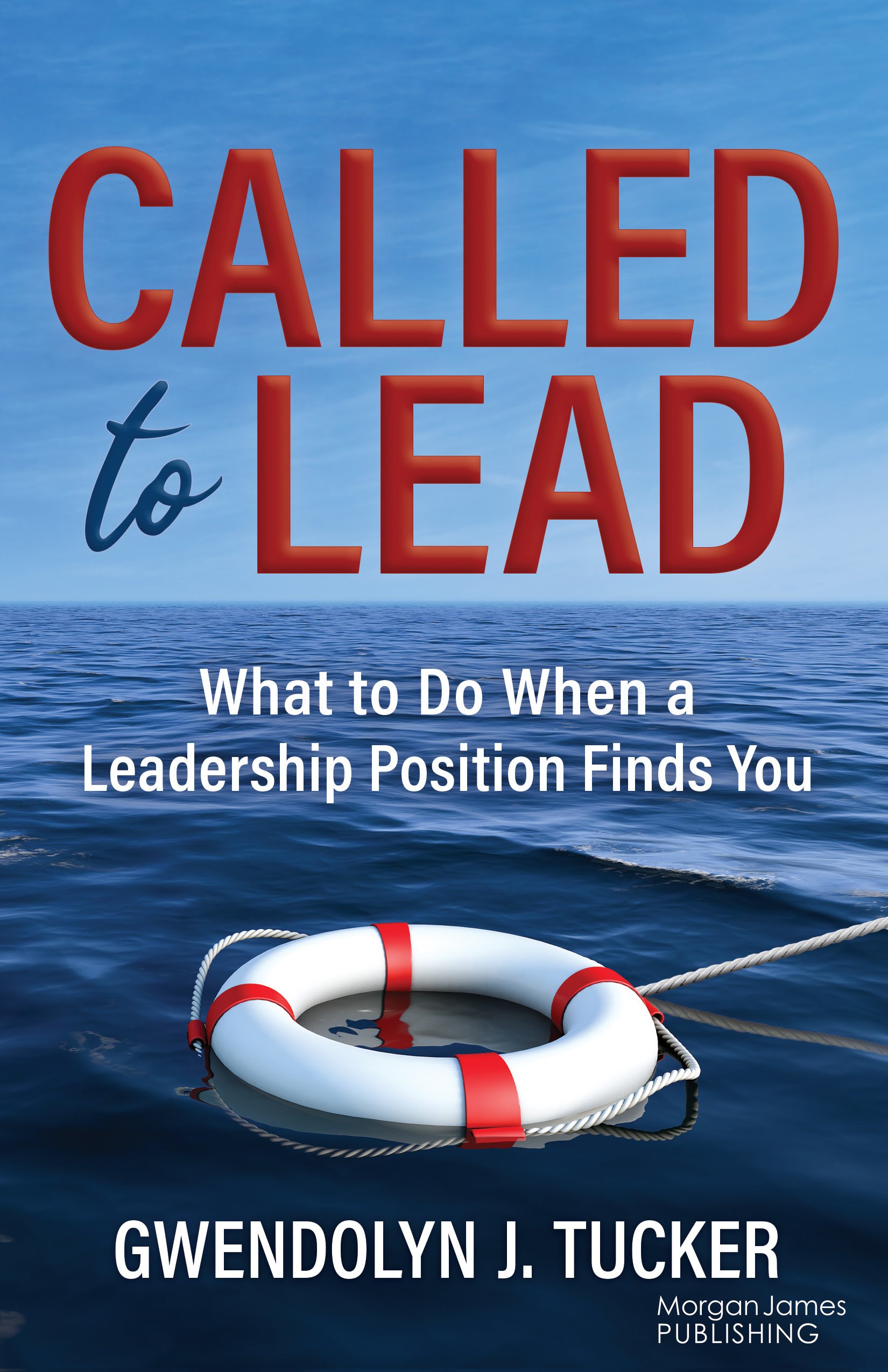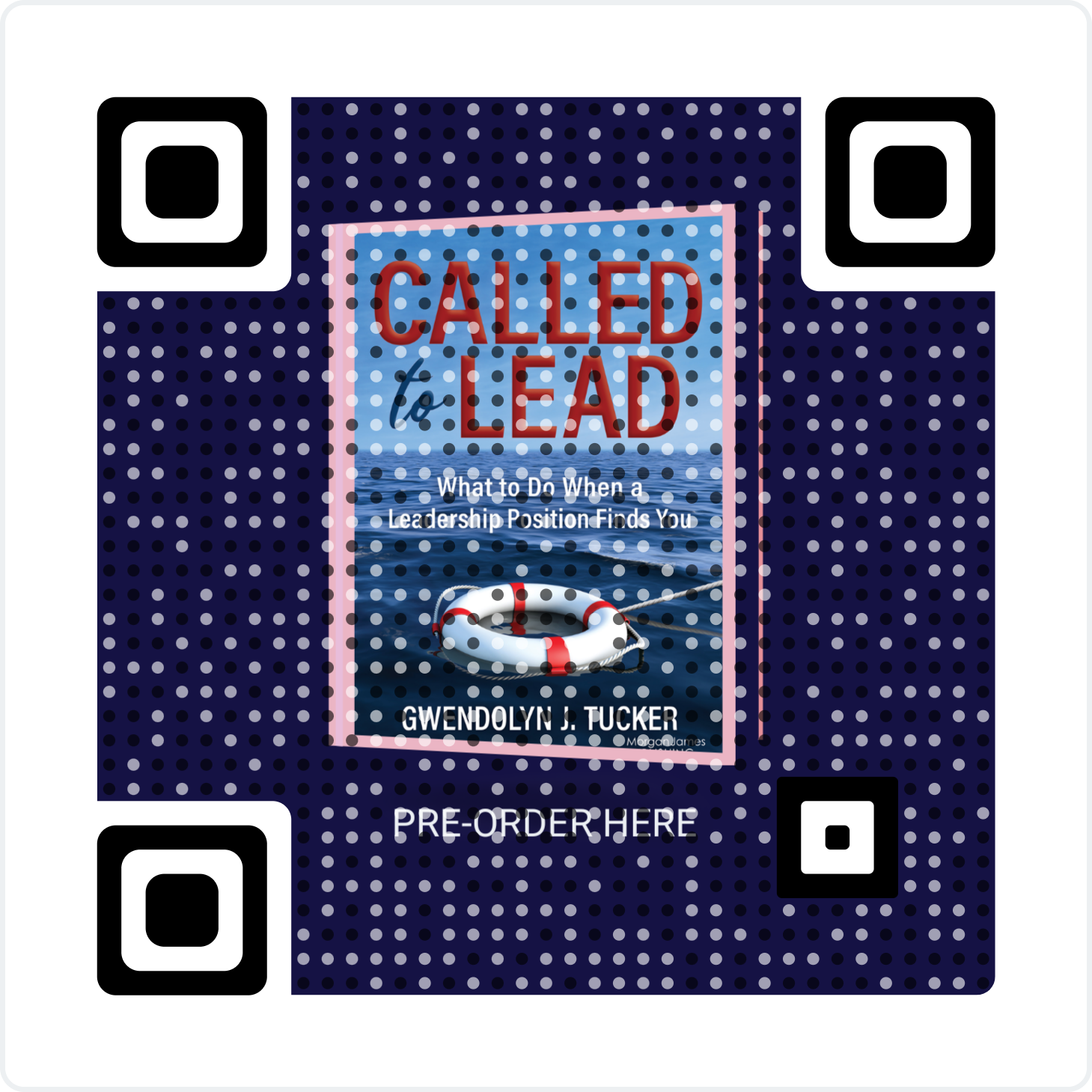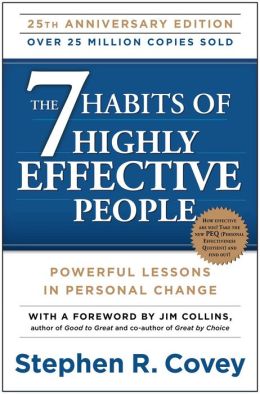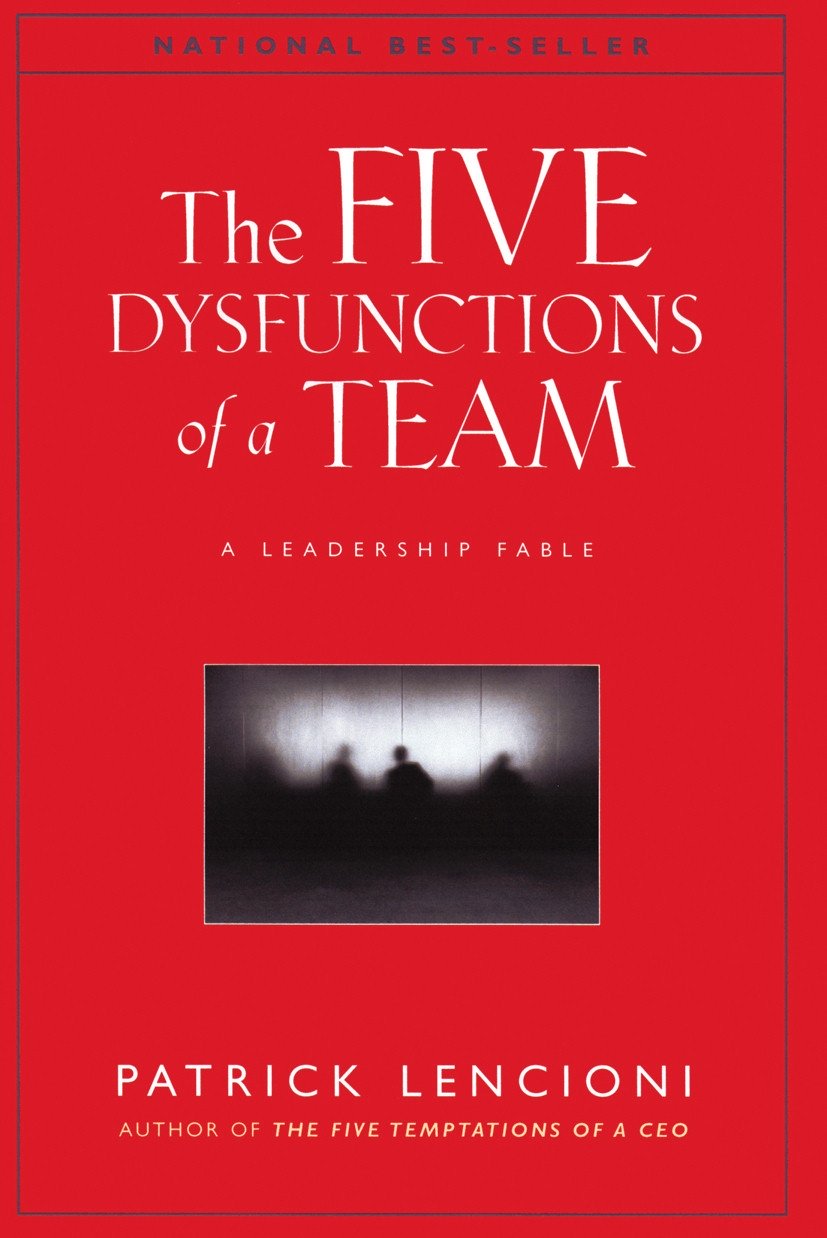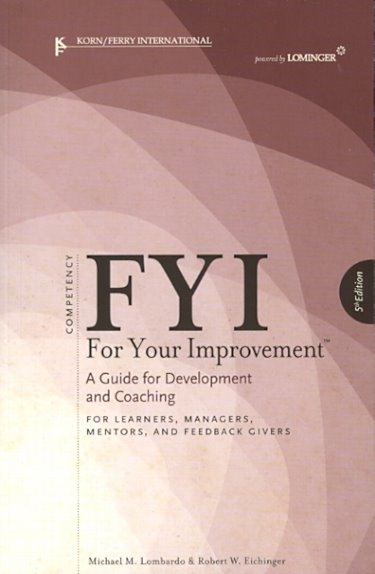Leadership and Trust
Leadership and trust are critical to building effective working relationships.
Hyler Bracey’s book Building Trust discusses how to get it and keep it.
Defining Trust

In discussing trust, let's define some terms. Webster defines trust as "firm reliance in the honesty, dependability, strength or character of someone."
Hyler Bracey builds on Webster's definition to create a working definition of trust:
- “Trust is my faith in your ability or word in some specific area. Faith means I believe that you are capable of doing what you say you can do and that you will actually do it if you say you will.”
- “Trust includes the degree to which I believe you will look out for my best interest in a specific area.”
- “Trust can rise or fall depending on the person and the situation.”
- “Part of a trusting relationship goes beyond believing you are capable and true to your word. It also suggests that you care about my welfare and success in helping me achieve my goals.”
Bracey's Theories on Trust
Bracey's theories on the relationship between leadership and trust are listed below:
- Trust is never given to another person globally and unconditionally. It always has to do with a specific area of expertise or action.
- Trust involves both ability and word. You are capable in this area and true to your word if you promise to do something in that area.
- Trust comes in different degrees or levels, even as it is always defined relative to some area of action or behavior.
- Though trust can be one-sided, it is best when it is mutual.
- Trust can grow between people, or it can erode.
- Lost trust can also be recovered and rehabilitated.
- Trust can be built. There are methods and skills for facilitating it.
Trust Building Model
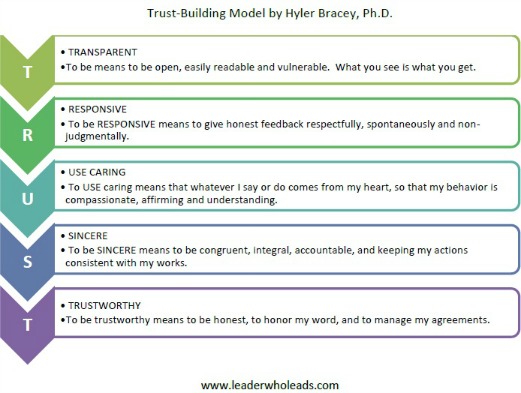
Leadership and Trust

“Managers and executives desperately need a basic method for building trust in the workplace.”
“We discovered if you could build trust into a relationship, it served as the oil that allowed all the machinery to work.”
“Experience is often a necessary component if you want to build trust, but it is not sufficient to make it happen.”
“Trust can only be built through appropriate interaction over time.”
“Trust happens primarily between people. It takes not one person, but two to create mutual trust.”
“Mutual trust is much more desirable than one-sided trust.”
“High trust cannot be built simply on power, position, experience, expertise or fiat. Much more goes into the theory – and reality – of a trusting relationship than any of these.”
“Trust and teamwork remain prerequisites for any genuine transformation of an organization.”
“You will not want, need, nor be expected to develop a trusting relationship with every person in the company.”

Praise for "Building Trust"
I had the priviledge of leading a group of leaders through Hyler Bracey's Book "Building Trust" and examine principles that are foundational to building trust in relationships.
This book offers practical ways to apply the concepts in real work situations, including giving and receiving feedback.
It is a must read and one of my top picks. If this book is not in your collection/library, I encourage you to add it today.
Want To Know More?
For a leader to be trusted, they must be credible. To learn more about the components of credibility, please see Leadership Traits .
Leadership and Trust are critical ingredients for building highly productive teams. Being trustworthy is a trait characteristic of good leaders.
Improve Your Relationship with Your Boss
Are you looking to improve your relationship with your boss? If so, the Boss Relationship Worksheet will help you better understand and communicate more effectively with your immediate supervisor.
To download your copy, submit your information on the form below.
After completing the Boss Relationship Worksheet, you will find that the following will prove helpful in showing you how to cultivate a better working relationship with your boss:
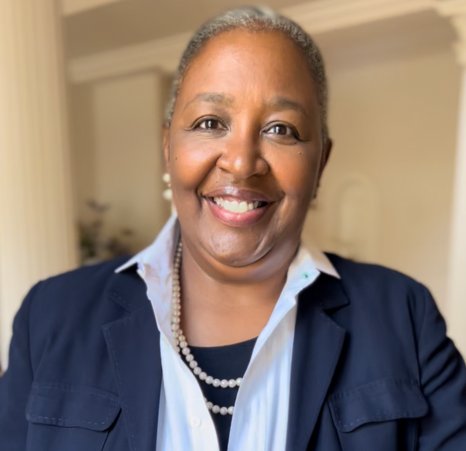 |
I published my first book and I am beyond excited.
Get your FREE copy of Called to Lead!
ORDER PRINT HERE
Leaders don't
create
followers.
Leaders
create
other
leaders.
- Tom Peters




